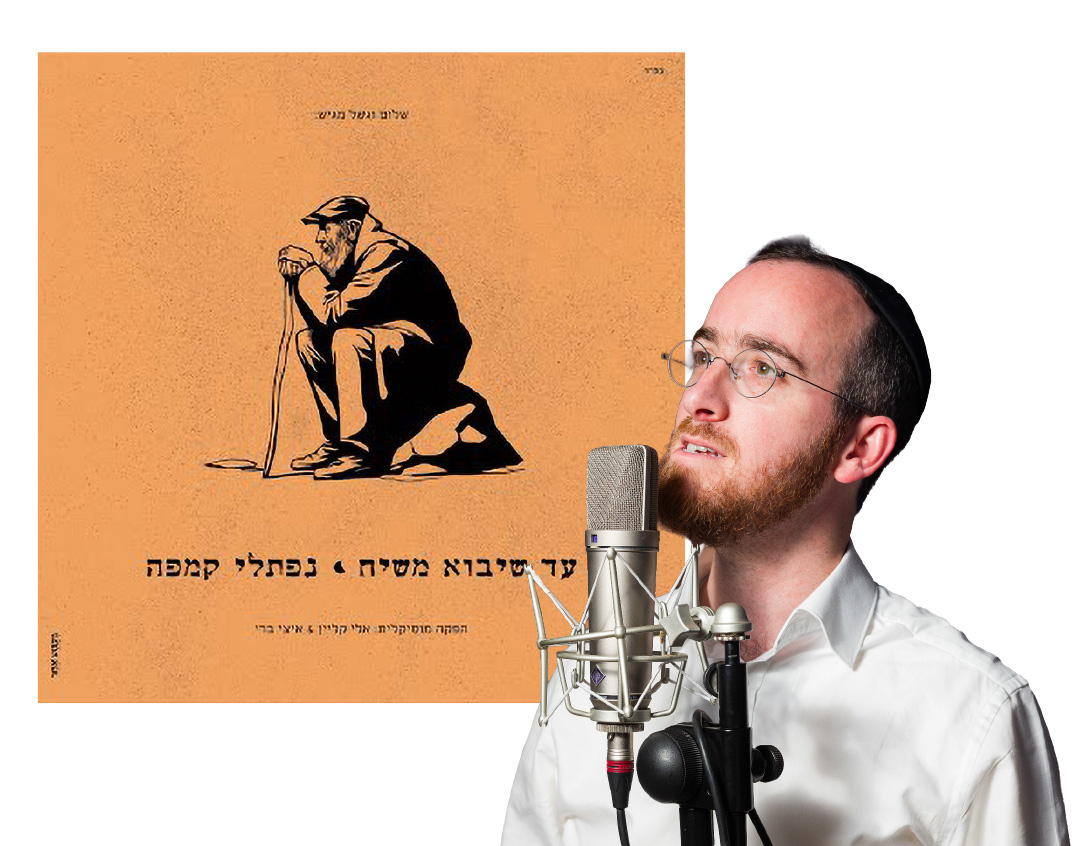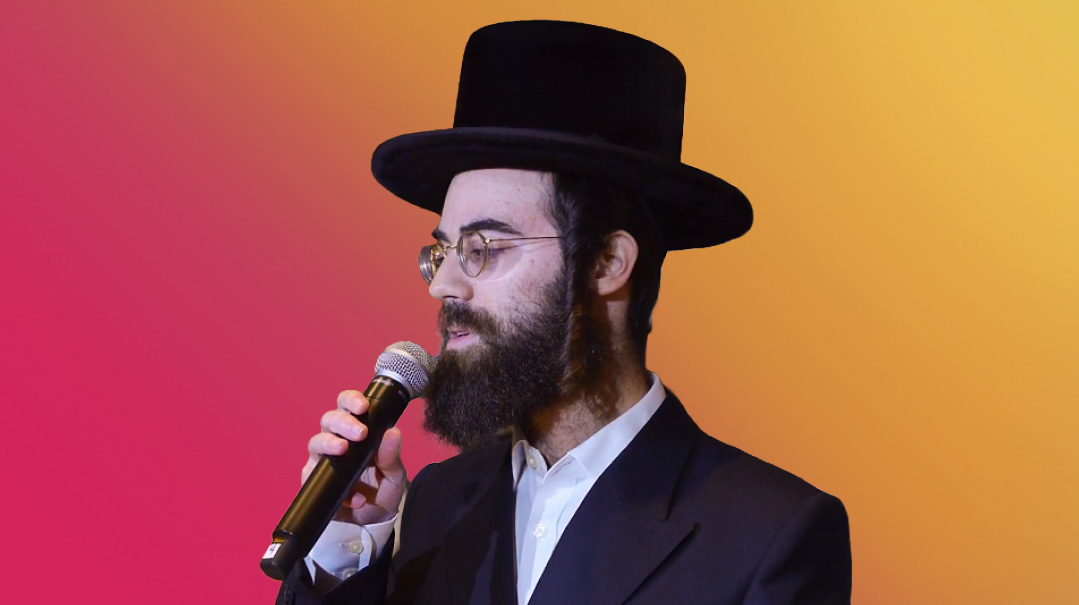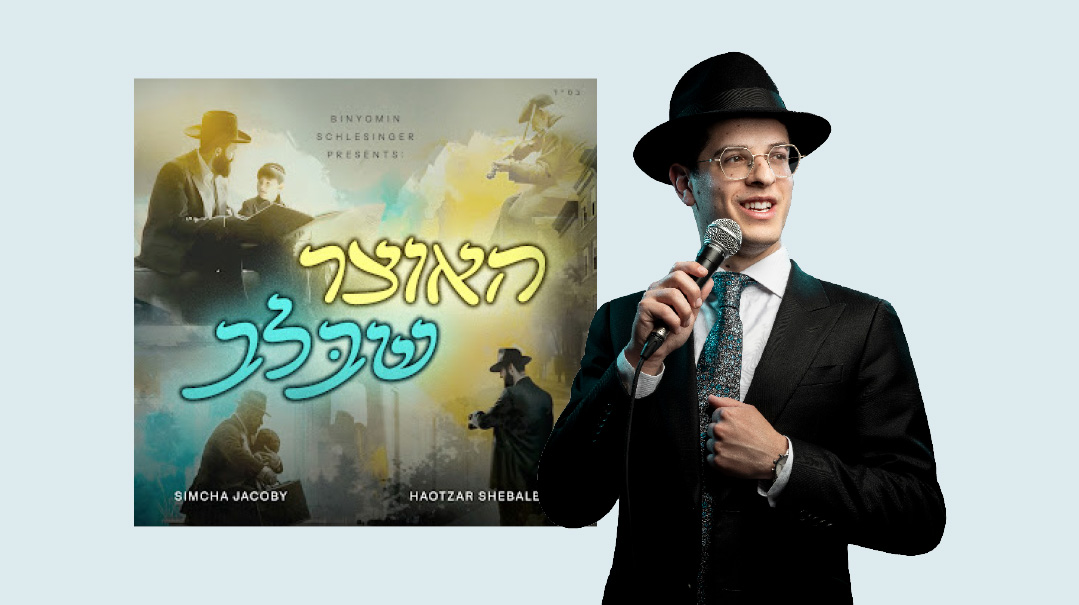Music Notes
| April 25, 2018The Sound I Like Best
There’s nothing like a trumpet to get you marching
“My favorite instrument is the trumpet,” says venerated conductor and arranger Yisroel Lamm. “It’s my main instrument and the one I play professionally. First of all, I love the sound, which is actually very complex and has many overtones that makes it so exciting. The trumpet is also capable of sounding many different styles. It can sound noble, or militaristic, soft and mellow, or angry and boisterous. It is capable of evoking many different emotions. It can instill fear, but also encourage and inspire like no other instrument.
“The trumpet is not that difficult to play on a basic level, but as a virtuoso instrument, it requires years of study. Listening to the best trumpet players is thrilling and still gives me the chills. It’s also very versatile and has many uses in the orchestra. It can take solos or be part of a section of instruments. It can also provide many shades of sound using mutes and other accessories. I also love the different effects that work very well on the trumpet, such as double and triple tonguing and the gorgeous vibratos. And don’t forget, the trumpet was one of the main instruments in the Beis Hamikdash!”
I Never Record Without
“I like to have as much good feeling as possible when we’re in the studio. So I never record without giving someone else a compliment, doing what I can to create warmth all around.”
—Singer Eitan Katz
Mic Drop
Naftali Schnitzler’s musical passion was the key that opened the door
His fingerprints are on a considerable number of today’s chassidic music albums, so it’s no surprise that producer and arranger Naftali Schnitzler is building his own six-room studio in Williamsburg — designed by a top Israeli architect to include a floating floor and perfect acoustics. What is a surprise is that Schnitzler’s success is exclusively a product of his passion for music — when he started out he had no professional background or musical education.
As a child, Naftali Schnitzler’s dream was to have his own CD player. In Kiryas Joel, Monroe, music wasn’t an important or encouraged part of the childhood experience. “I grew up on Reb Moshe Goldman’s tapes, and my parents also allowed us to listen to the albums of my favorite uncle, Michoel Schnitzler, but that was it,” he says.
When he got to yeshivah and had freer access to Jewish music albums, Schnitzler tried to catch up. Suddenly, he heard MBD, Avraham Fried, and Dedi. He was mesmerized. And then Schwekey’s Shomati album came out. “I loved Shwekey’s voice, his music. I listened to these tapes during my lunch break and every bein hasedarim. Soon I knew every kneitch of the music, every syllable of every song.”
Six months after his wedding, Schnitzler was asked to produce a disc in honor of a Satmar chasunah in Monroe. He had a taste and a love for music and a budget of $10, 000 — but almost zero knowledge of the industry. Still, he got to work.
“I reached out to Danny Flam, a versatile musician and noted trombone player, and asked him for help. He booked musicians for me and wrote out notes, based on my ideas of what the music should sound like,” Schnitzler remembers. “I went with my wife from Williamsburg to the studio in West Hempstead for my first recording session. Wow. Like a kid, I was fascinated by everything — the instruments, the mikes, the equipment. I had to know what everything was for.”
The studio was just starting the process of digitalization, which meant that Naftali could absorb some of the old analog methods. “Four musicians would record together. We had bass guitar, piano, guitar, and drum playing in the studio. I learned how sensitive sound was: If the mic was half an inch further away from the cymbals, the sound was different.”
Today, each musician is recorded separately, which means everyone can be on his own schedule, and each musician can be worked with individually to make him shine. The downside, Schnitzler explains, is that the energy and flavor generated when everyone plays together is missing. “Musicians playing together definitely impacts on the sound and feel, for the better,” he says.
The album needed a good soloist, and Naftali knew a bochur named Levy Falkowitz, who was engaged at the time and who wanted to be a singer. (He sang two songs on the album.) They also needed a choir, and so he encouraged a young musical talent named Moishy Kraus, who had moved from Tosh in Canada to Monroe, to arrange a choir.
When it came to mixing the album, Naftali was sure he could do it himself. “Ha! I soon found out that there is a reason that people go to music school. I should have found a professional to do the mixing. Instead, I played around, not really sure what I was doing and we had to redo each track five times, before I gave up and gave it to an affordable professional. Today, by the way, I can mix. And no, I didn’t go to music school yet. But I studied a lot and have years of hands-on experience.”
In the end, the budget went up to $14, 000, the album was called Bikehal Kedoshim, and the young music enthusiast had gained his first round of experience.
Being a producer suited him. “A producer needs to have a certain musical taste,” Naftali says. “He needs to know which sound he wants to hear.”
Veteran composer Yossi Green has described Schnitzler’s taste as “bringing together chassidish vibes with the 2000+ generation feel.” Schnitzler says he believes that’s true. “Growing up in Monroe, a very chassidish shtetl, it’s only natural for me to feel strongly connected to authentic chassidish music, but at the same time, I’ve always liked things a little more updated. I like to go for a high-end sound. That blend is what I incorporate into my music.”
(Originally featured in Mishpacha, Issue 707)
Oops! We could not locate your form.













